DYNAMIC SPACE CONFIGURATION
using Evolutionary Solver
LAGOON ECOSYSTEM looks in to the scope of using modular floating elements to support new ecology within Venice lagoon.
The different modules incorporate energy harvesting,agriculture and waste management to form a self sufficient ecology .the collective of these modules become capable of supporting different types of land from open spaces to agriculture fields and promenades.
The capability of easy management and organization of these modules shows the scope of development of this project
PROJECT AGENDA
This assignment explores the possible configuration of modules within a boundary in order to achieve maximum area with different module sizes.The optimization process deals with following factors
- How the points are distributed inside the boundary
- Module formation : Different kinds of modules are generated
- Area classification : Modules are classified based on their area
- Total area : What is the total area
PSEUDO CODE
Create a Boundary curve
The Boundary curves are created based on the shape of the island or the pathways and points are distributed inside ( center point of Modules
Basic module shapes are defined based on Voronoi patterns .
A ratio of void and solid defined .The script programmed such that whenever there is a void a mesh is created inside it
The genomes fed to the Biomorpher engine are:
- The sliders controlling the different coordinates of points
2.The number of points inside the boundary
The fitness values fed into the Biomorpher engine are:
- Maximum area inside the boundary
- Maximum modules inside the boundary
- Combination with maximum ratio between different land masses :
PROCESS
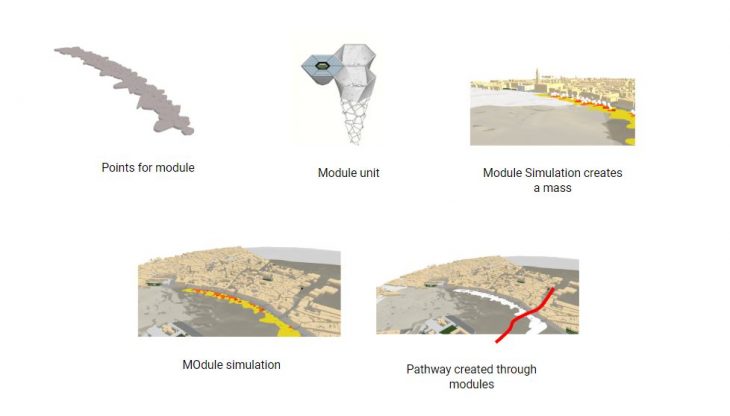
INTRODUCING SOLVERS
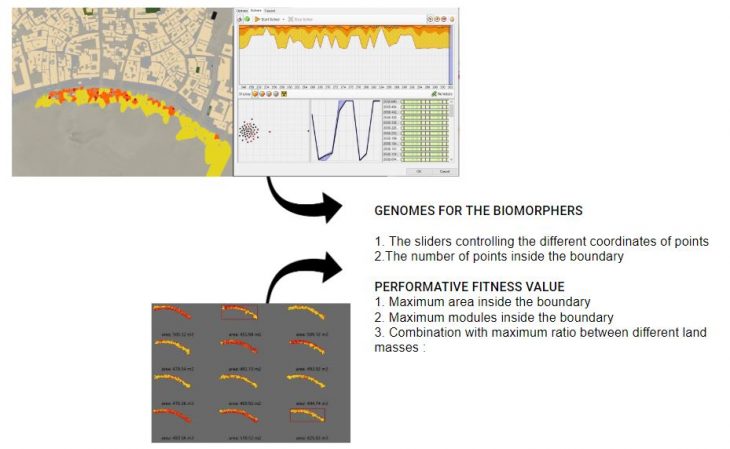
PERFORMATIVE CATALOG

RESULT
FINAL RESULT WITH SELECTIVE PERFORMANCE
Maximum Area
Maximum number of Modules
Maximum Ratio between different area modules
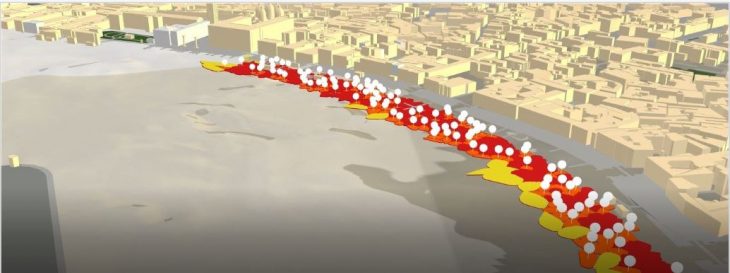
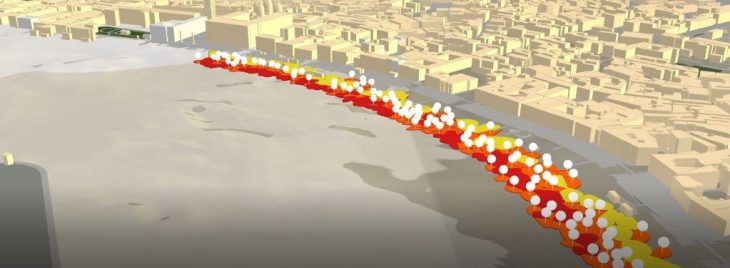
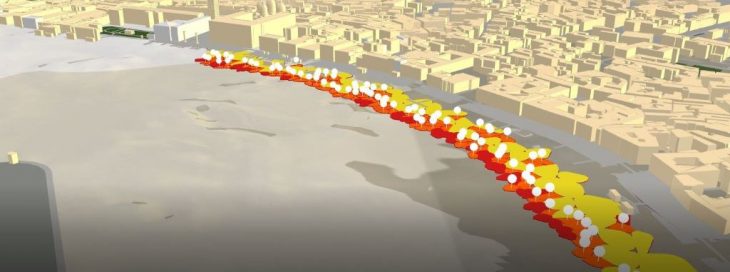
RENDER
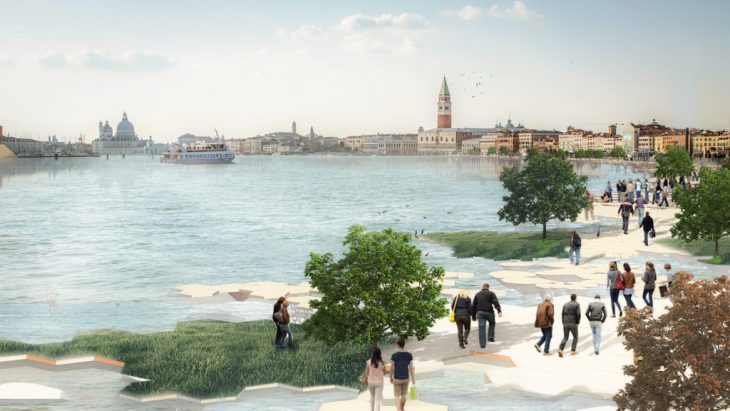
Computational Design – Artificial Evolutionary design is a project of IaaC, Institute for Advanced Architecture of Catalonia developed at the Master in Advanced Architecture in 2019 by:
Students: Roshin Anthoora Valappil ,Ashfaq Ahmed Fazil
Faculty: Rodrigo Aguirre